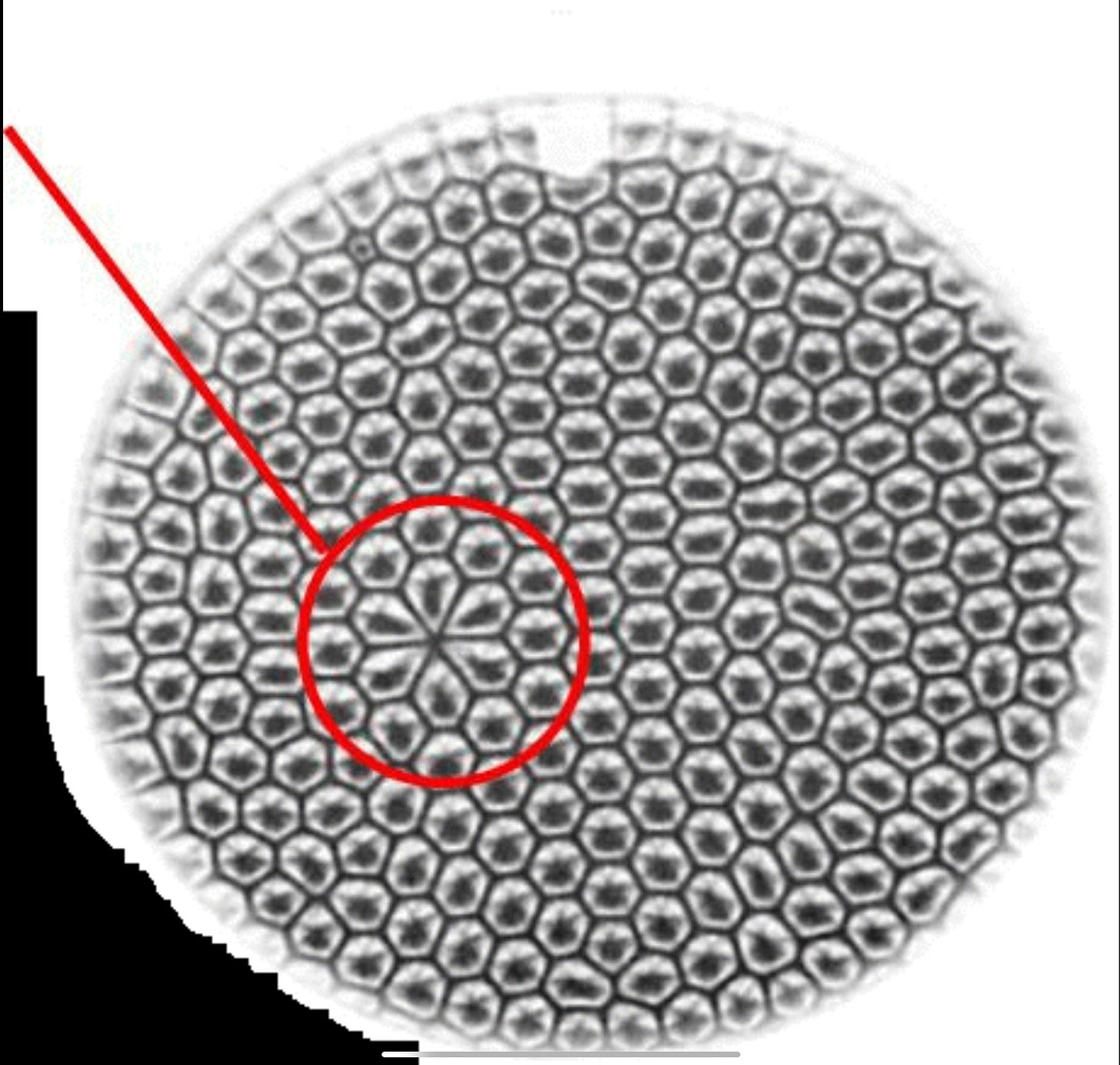Dissipative Structures and how they show how restaurants and bars need to evolve
A dissipative structure is an organized pattern that forms and persists only while energy or matter continually flows through an open system. When a system is driven far from equilibrium (strong gradients, like heat or chemical potential) and has nonlinear feedbacks, the once-uniform state can become unstable and self-organize into order—rolls, waves, oscillations, cycles. That order doesn’t contradict the second law: the system exports entropy to its surroundings to keep its internal structure. Classic examples include Rayleigh–Bénard convection (ordered fluid rolls when heated from below), oscillating chemical reactions (Belousov–Zhabotinsky), hurricanes, and living cells. The structure vanishes when the driving flow stops—it’s “maintained by dissipation,” not by stored equilibrium.
*Rayleigh–Bénard “flow trails”: time-lapse makes the circulating up-and-down motion visible—up in the center, down at the edges.
What this perspective changes about running a business
Design for flows, not just totals. A healthy restaurant is an open system that stays orderly only while money, materials, people, and attention keep flowing through it. It’s not about “maximization” of one night; it’s about sustaining smooth, repeatable flow every week.
Averages lie; variance rules. Two places with the same weekly sales can feel totally different. The one with lumpy arrivals, long spikes, and frequent remakes is unstable. You should manage variability (how bumpy the week is) as carefully as you manage revenue.
Capacity has to match your “pipes.” Seats and staff are one set of pipes; the others are external: vendor surge capacity, utility headroom, waste pickup cadence, hiring pipeline, and neighborhood tolerance. If any one pipe is too narrow, pushing harder just creates chaos.
There’s a stability floor you must fund. A minimum monthly spend on maintenance, training, utilities, waste handling, and demand-smoothing marketing is not optional overhead—it’s what keeps the engine from shaking itself apart. For small bars this often lands around a mid-single-digit % of sales; cutting it reliably shows up later as defects, delays, and turnover.
Community isn’t just marketing—it’s a coupling. A defined “core” of regulars (membership, classes, subscriptions) is a mechanical way to smooth your mid-week, reduce variability, and make peak nights more predictable. Done right, it increases your safe operating range.
Growth should exit outward, not just inward. After your room is stable, layer on lines that carry revenue to bigger markets without crowding service (bottled products, retail syrups/bitters, events off-site, digital courses/newsletters). This routes “pressure” to larger systems instead of overloading your bar.
What these models suggest the restaurant industry should change
Plan with stability limits, not only sales targets. Set explicit operating guardrails for busy periods (e.g., keep your busiest hours running below “all-out” so waits don’t explode, and make sure your vendors/utilities can absorb peak weeks). Build the budget and schedule around those limits.
Instrument the right signals. Track a handful of stability metrics weekly:
variability of ticket times (not just averages),
remake/comp rates,
complaints per 1,000 guests,
staff overtime and turnover,
and day-to-day swings in sales. If variance and next-day correlation are both rising, you’re nearing a tipping point—fix it early.
Treat demand-shaping as an ops tool, not just marketing. Reservations, time-window offers, memberships, and recurring programming (classes/tastings) should be used to shape arrivals and keep the system in a smooth regime, not just to “fill the room.”
Balance the portfolio. Keep a deliberate mix of:
service lines (on-premise),
packaged/retail (bottled, syrups, merch),
experiences (ticketed classes, private events),
digital (subscriptions, courses, content). Favor add-ons that raise revenue while lowering week-to-week volatility.
Cross-train and buffer. Small amounts of slack capacity and cross-training are cheaper than chronic instability. They’re not waste; they’re damping.
*Rayleigh–Bénard convection (lab fluid): hexagon/roll-like cells appear when a thin fluid layer is heated from below; they persist only while heat flows.
Restaurants, like all structures are fragile, it takes dedication and consistency to create resilience
Seats are perishable, arrivals are noisy, and labor is hands-on. Without tools to shape demand, restaurants sit closer to instability than, say, SaaS or utilities.
A steady core of regulars, reservations, and recurring programs can make weeknights reliable; then you route growth into packaged and digital lines that don’t crowd your floor.
Novelty wears off—by design. Launch spikes are a classic source of instability: they raise pressure and variability exactly when your processes are green. Plan for novelty to decay. Replace “launch and hope” with a cadence (events/classes/content drops) that refreshes attention on a schedule and prevents big swings.
What this means for your opening plan
Choose the steady state first. Decide how many seats, hours, and on-shift staff you can run comfortably on your busiest nights without creating long waits or staff stress. That becomes your ceiling.
Size a core community. Aim for a core that reliably fills a small, steady slice of weekly seat-hours (think ~10–30%). Use memberships, ticketed tastings, or prepaid bundles to lock in habitual mid-week visits. The goal isn’t to sell perks; it’s to smooth the week.
Fund the stability floor upfront. Ring-fence monthly budget for maintenance, training, utilities, waste, and light demand-smoothing. Don’t treat it as discretionary; treat it as the cost of keeping order.
Check the outside pipes. Confirm you have vendor headroom (can suppliers surge?), utility capacity (no nasty demand charges surprises), reliable waste pickup, a realistic hiring pipeline, and neighbor tolerance. If any is tight, throttle growth or add buffers before you push.
Route expansion outward. Once the room runs smoothly, add products and programs that push revenue into larger markets without adding arrival spikes: bottled lines, retail syrups/bitters, private events, digital education/newsletters. That’s how you scale without destabilizing the core.
Watch the early warnings. If day-to-day variability and next-day “carryover” both start rising—or ticket times get bouncy—slow down promotions, add a little slack, or spread demand with time windows. Fixing variance early is cheaper than recovering from a breakdown.
In short: run the restaurant like a well-tuned flow system. Keep the internal loop (you + your subculture) smooth and predictable, and use it as an engine to push growth outward into bigger markets. That’s how you get maximum throughput with minimum chaos—and why this physics lens beats the usual “just sell more” playbook.
In conclusion
We can use mathematic models that are made for much more broad world concepts to examine how systems work. The more we discover about free will, chaos theory, and network theory; we realize that while individual people are chaotic and unpredictable. But groups and the patterns that they are involved in are highly predictable and consistent if you know what to look for and how to calculate it. In the same way that social media can measure a persons interests and make predictions based on attention, interests, eye placement, and social interactions; dissipative structures show us how order must feed into entropy outside of any given system. The larger and stronger the order, the higher the needs to export entropy or disorder. As we define what disorder looks like from a financial and economic perspective, we can come up with how structures inside of cities, states, governments, countries, and the global economy have to work and interact via their imports and exports on multiple levels.
This is an ongoing research topic, one that paid subscribers will have more access to.



